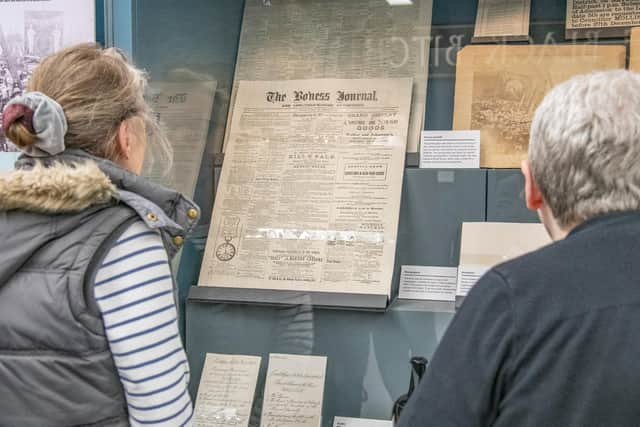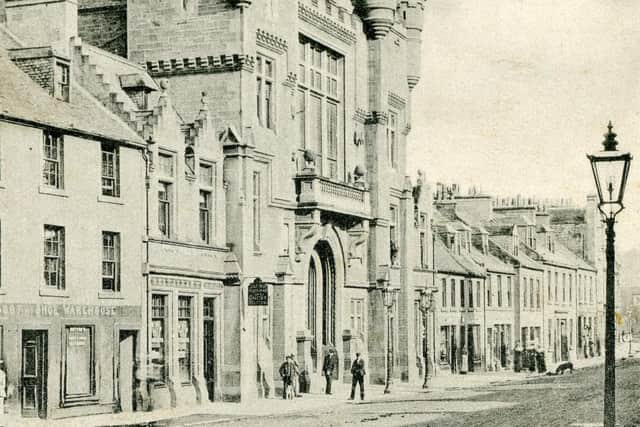Time capsule exhibition lifts the lid on Linlithgow in 1887
and live on Freeview channel 276
The honour of laying the foundation stone fell upon local Member of Parliament Peter McLagan, Scotland’s first mixed race MP, who described the occasion as “one of the proudest times of my life”.
Undisturbed and forgotten, the time capsule and its contents remained buried under the Victoria Halls for more than 130 years.
Advertisement
Hide AdAdvertisement
Hide AdHowever, it finally saw the light of day during demolition work by contractors working on the then privately owned building in 2018.


The contents of the bottle were transferred by Treasure Trove to West Lothian Council’s museum and archive service earlier this year. It was delighted to take possession of such an incredible find – dating back to the year that Queen Victoria celebrated her Golden Jubilee.
Now, a special exhibition at Linlithgow Museum will give people a chance to see the time capsule’s contents up close for the first time.
Back in Time: West Lothian in the 1880s features coins from 1887; seven newspapers, including the Linlithgowshire Journal and Gazette; a copy of a circular requesting subscriptions; an order of service for the laying of the foundation stone and a list of town council members and names of subscribers.
Advertisement
Hide AdAdvertisement
Hide AdF Johnston from Johnston Press, which for many years owned the Journal and Gazette, is listed among the subscribers who helped fund the Victoria Halls.


MP Peter McLagan is also listed among the subscribers, alongside town councillors, the Earl of Hopetoun and Earl of Rosebery.
Newspapers in the exhibition were conserved thanks to funding from the Gordon Fraser Charitable Trust and the Scottish Conservation studio.
The free exhibition also focuses on other aspects of life locally around the time of Queen Victoria’s 1887 Jubilee, including home life, travel and fashion.
Advertisement
Hide AdAdvertisement
Hide AdHoused in Linlithgow Museum at the Linlithgow Partnership Centre, Tam Dalyell House in the High Street, it was officially opened by council leader Lawrence Fitzpatrick.
He said: “It’s a huge honour to open the new Back in Time: West Lothian in the 1880s exhibition at the super Linlithgow Museum.
“The objects in the time capsule are in remarkable condition and their stories give us a real flavour of community life in West Lothian at the time.
“I would encourage anyone with an interest in local history to take the chance to see this superb exhibition while they can.”
Advertisement
Hide AdAdvertisement
Hide AdThe Town Council purchased the Victoria Halls site over 130 years ago thanks to Jessie B. Baird, who subscribed £800 in memory of her late brother, Dr George Dallas Baird. The remainder of the project was paid for by a town bazaar and a number of local subscribers.
The exhibition is open at the museum from now until March 31 next year.
Linlithgow Museum is a treasure trove of information and artefacts, for locals and visitors alike.
It gives people a chance to find out more about the town’s Royal connections, as well as the old trades and the ordinary – and extraordinary – people who lived or worked here over the centuries.
Advertisement
Hide AdAdvertisement
Hide AdBoasting three galleries, the museum also has a community room offering space for activities, talks and film screenings.
Since moving to Tam Dalyell House, its dedicated team of volunteers have contributed more than 4000 hours of their time to ensure its success.
The museum is open 10am to 4pm Friday and Saturday and 1pm to 4pm on Sunday.